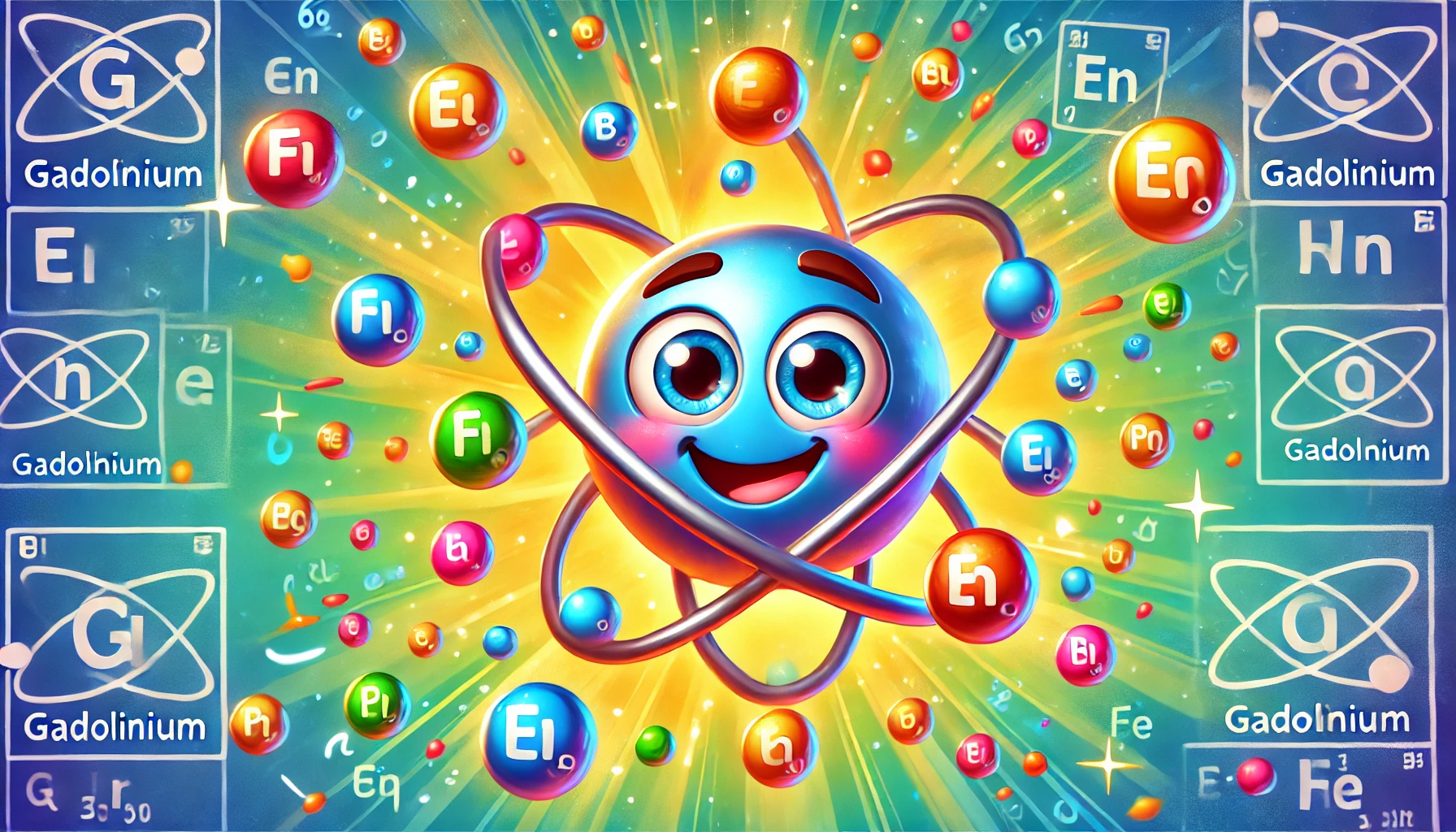Understanding Gadolinium: at least 2 facts about Properties, Uses, Health Risks, and Fascinating Facts
Understanding Gadolinium: Properties, Uses, Health Risks, and Fascinating Facts
Table of Contents
- Introduction to Gadolinium
- Properties of Gadolinium
- Uses of Gadolinium
- Health Risks of Gadolinium Exposure
- Interesting Facts about Gadolinium
- Environmental Impact of Gadolinium
- Conclusion
- References
Understanding Gadolinium: Properties, Uses, Health Risks, and Fascinating Facts
Introduction to Gadolinium Gadolinium is a chemical element with the symbol Gd and atomic number 64. It is a rare earth element that belongs to the lanthanide series. Known for its unique magnetic properties and various industrial applications, gadolinium plays a crucial role in modern technology. This article explores the properties, uses, health risks, and interesting facts associated with gadolinium, providing a comprehensive understanding of this important element.
Properties of Gadolinium Gadolinium is characterized by several distinct physical and chemical properties.
Physical Properties
- Appearance: Gadolinium is a silvery-white, ductile metal that is relatively soft.
- Density: The density of gadolinium is 7.90 g/cm³.
- Melting Point: Gadolinium melts at 1,312°C (2,394°F).
- Boiling Point: The boiling point of gadolinium is 3,273°C (5,923°F).
Chemical Properties
- Reactivity: Gadolinium is relatively stable in dry air but tarnishes in moist air. It reacts with water to form gadolinium hydroxide.
- Magnetic Properties: Gadolinium has excellent magnetic properties, being ferromagnetic at room temperature. It transitions to a paramagnetic state above its Curie point of 20°C (68°F).
- Compounds: Gadolinium forms various compounds, such as gadolinium oxide (Gd₂O₃), gadolinium chloride (GdCl₃), and gadolinium nitrate (Gd(NO₃)₃).
Uses of Gadolinium Gadolinium has numerous applications across different industries due to its unique properties.
Medical Imaging
- MRI Contrast Agents: Gadolinium is widely used in contrast agents for magnetic resonance imaging (MRI) to enhance the quality of the images. Gadolinium-based contrast agents help highlight blood vessels, tissues, and organs.
Nuclear Reactors
- Neutron Capture: Gadolinium has a high neutron capture cross-section, making it useful in control rods and shielding materials in nuclear reactors to manage the fission process.
Electronics and Magnetics
- Magnetic Refrigeration: Gadolinium alloys are used in magnetic refrigeration technology, which utilizes the magnetocaloric effect to achieve cooling.
- Magnets: Gadolinium is used in the production of powerful permanent magnets and various magnetic applications.
Research and Development
- Spectroscopy: Gadolinium compounds are used in spectroscopic applications to study the properties of materials and rare earth elements.
Health Risks of Gadolinium Exposure While gadolinium itself is generally considered to have low toxicity, gadolinium-based compounds, particularly those used in medical imaging, can pose health risks under certain conditions.
Gadolinium-Based Contrast Agents (GBCAs)
- Nephrogenic Systemic Fibrosis (NSF): In patients with severe kidney dysfunction, exposure to gadolinium-based contrast agents can lead to NSF, a rare but serious condition that causes thickening and hardening of the skin and connective tissues.
- Allergic Reactions: Some patients may experience allergic reactions to gadolinium-based contrast agents, ranging from mild skin rashes to severe anaphylactic reactions.
General Exposure
- Inhalation and Ingestion: Inhalation of gadolinium dust or ingestion of gadolinium compounds can cause respiratory and gastrointestinal irritation.
- Skin and Eye Contact: Direct contact with gadolinium compounds can cause skin irritation and eye damage.
Interesting Facts about Gadolinium Gadolinium has several intriguing aspects that make it an interesting element.
Discovery
- Discovered in 1880: Gadolinium was discovered by Swiss chemist Jean Charles Galissard de Marignac in 1880. It was named after the Finnish chemist Johan Gadolin, who is known for his research on rare earth elements.
Unique Properties
- Magnetocaloric Effect: Gadolinium exhibits the magnetocaloric effect, where it heats up when exposed to a magnetic field and cools down when removed. This property is utilized in magnetic refrigeration.
Isotopes
- Stable Isotopes: Gadolinium has seven naturally occurring isotopes, with gadolinium-158 and gadolinium-160 being the most abundant.
- Radioactive Isotopes: Gadolinium-153 is a radioactive isotope used in various industrial applications, including radiography and as a tracer.
Environmental Impact of Gadolinium Gadolinium is not known to have significant environmental impacts, but its extraction and use should still be managed responsibly.
Natural Occurrence
- Abundance: Gadolinium is relatively abundant in the Earth’s crust and is commonly found in minerals such as monazite and bastnäsite.
- Mining: Extraction of gadolinium from these minerals must be done with care to avoid environmental damage.
Industrial Waste
- Waste Management: Proper disposal of gadolinium-containing industrial waste is crucial to prevent environmental contamination.
Conclusion Understanding gadolinium, its properties, uses, health risks, and interesting facts provides valuable insight into this versatile element. While gadolinium is generally safe with low toxicity, appropriate safety measures should be taken when handling gadolinium compounds, especially those used in medical imaging. Its applications in MRI, nuclear reactors, electronics, and research highlight its importance in modern technology and industry.

<ⓒ WizardMedics (wizardmedics.com)>






